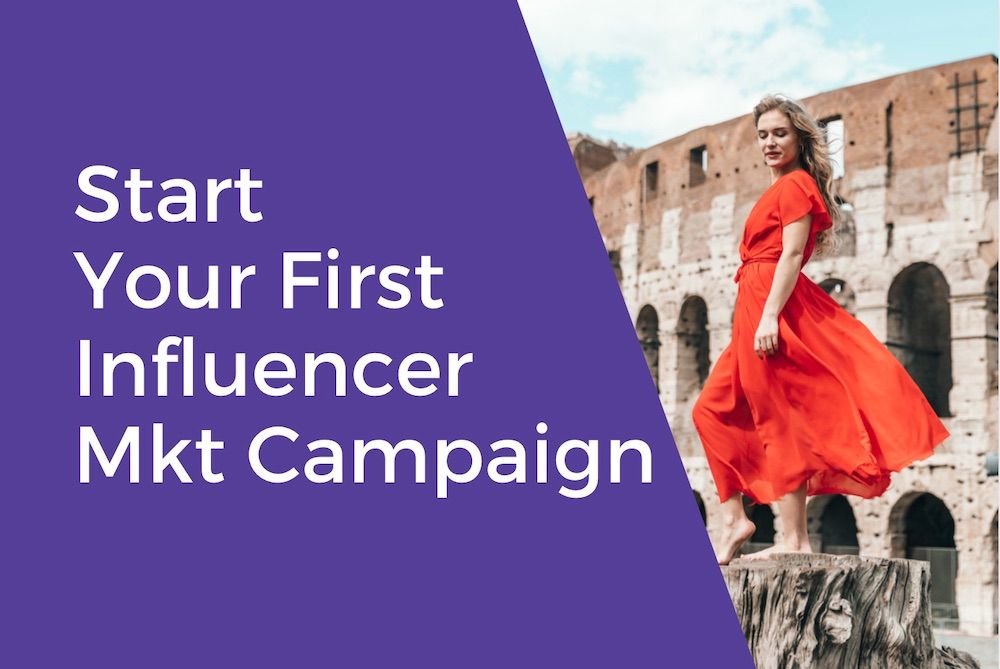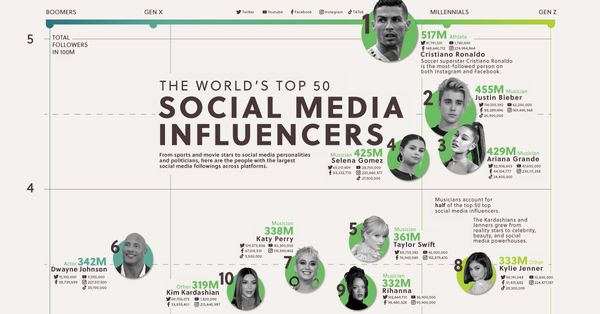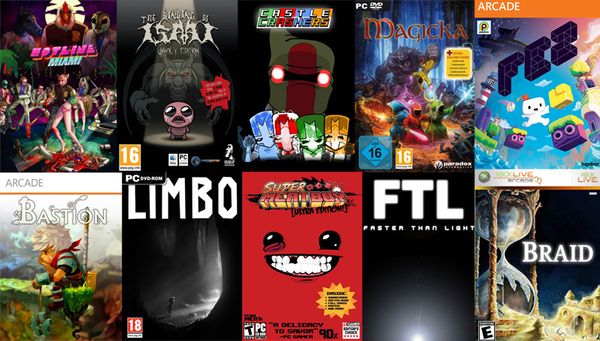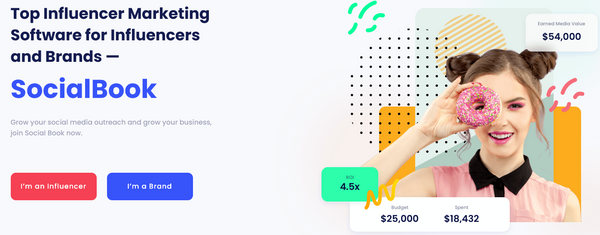Although many of our blog readers will be familiar with influencer marketing, we know that some of you are just embarking on the influencer marketing journey. Perhaps you’ve heard others refer to the power of influencer marketing, or you’ve read about the industry’s incredible success rate. Don’t worry if you are an influencer marketing newbie. We all had to start somewhere. This post is designed for you — our introduction to influencer marketing for beginners.
Most firms that engage influencer marketing find it highly successful. The Influencer Marketing Hub’s State of Influencer Marketing 2019: Benchmark Report gives clear statistics indicating influencer marketing’s success. The Average Earned Media Value (EMV) per dollar spent on influencer marketing was $5.20 in 2018. In other words, the average firm that spends $1 on influencer marketing, generates the exposure that a firm that spends $5.20 on Google Ads does. A few successful firms have an EMV of more than $18. However, a few firms, predominantly those that jump right in without doing their homework, fail to achieve a positive EMV at all.
What is Influencer Marketing?
If you have never heard of influencer marketing, you might just think of it as merely a branch of marketing, perhaps an alternative to television, radio, or newspaper advertising. It truly is more than that. It is a whole new way to think about content distribution, to ensure that your marketing material is seen by as many people as possible. More than that, influencer marketing ensures that your marketing materials are viewed by the right people — those most likely to take an interest in your product or service.
Influencer marketing is a mix of word of mouth, traditional marketing, and digital marketing. It grew out of celebrity endorsement and placed it in a modern digital environment. It recognizes that “influencers” are the celebrities of the online world. These are usually different people to those who made their name in the offline world.
Influencer marketing involves brands building relationships with influencers and working with them to distribute content relating to the brand and its products.
When we talk about influencers, we are referring to people who have built up a reputation online as an expert on some topic. If brands aim to sell products to consumers who have an interest in a particular topic, it makes sense that they work with the experts who specialize in that specific niche.
An influencer is somebody who has built up enough authority in a topic or niche, that people go to them. The person is respected to such a degree that he or she can easily influence the purchasing decisions of others in the field.
If you want to take a look who are the top ones in different genres, here’s an article of 8 top influencers in their industries we published before:
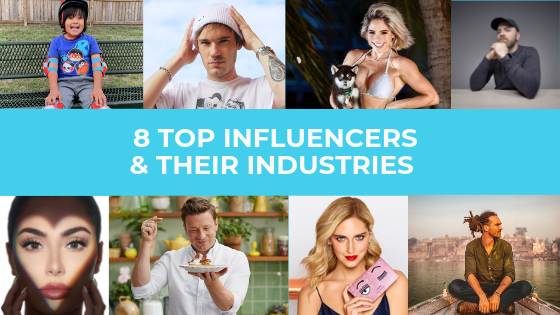
Influencers Are Usually Very Popular
Although engagement is usually more critical for success in influencer marketing than reach, most influencers have sizable followings. They have developed a reputation for their knowledge and are often the go-to people in their niche.
The bulk of influencers have built their fame on social media (including video channels on YouTube and similar sites) or their own blogs. We can’t underestimate the importance of the social sphere nowadays.
We often label influencers by the size of their following. Although definitions vary, a typical set of influencer sizes is:
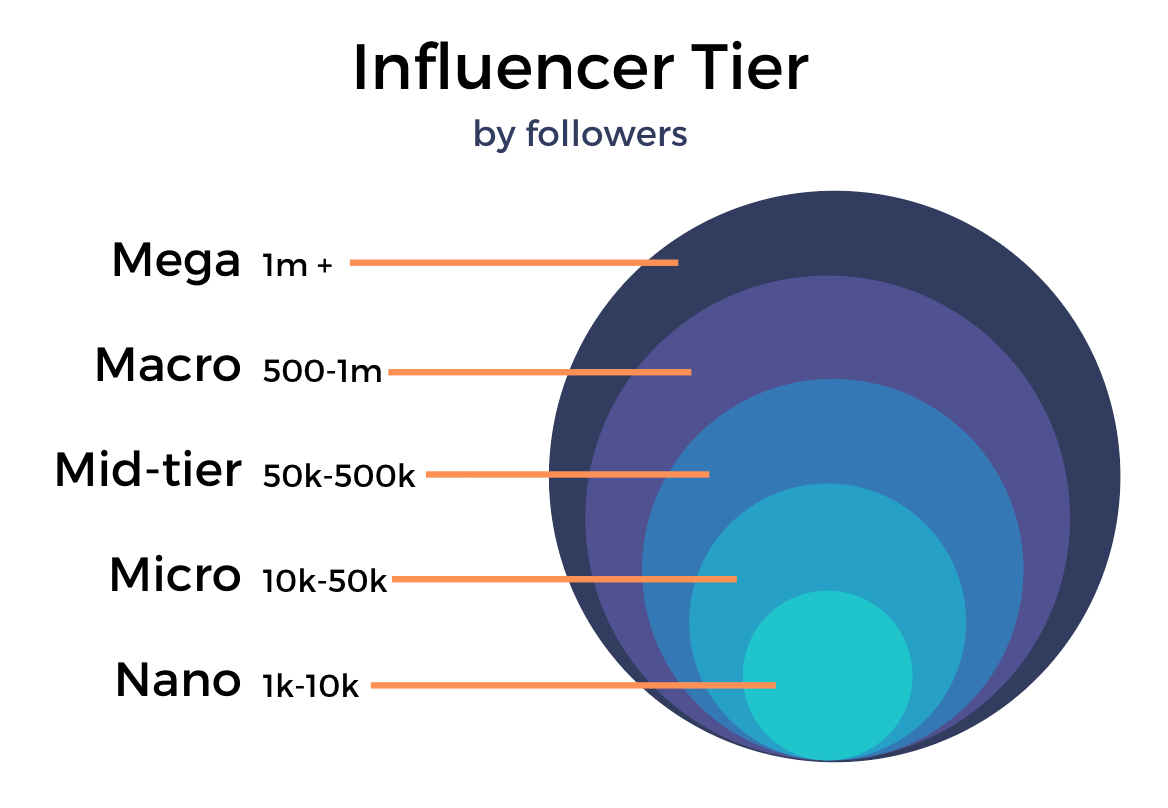
You can’t automatically assume that larger influencers are better, though. It all depends on the niche. Many firms find it is more cost effective to work with a series of micro-influencers, rather than a single mega- influencer.
Key Social Media Statistics
People were highly active on social media in 2018, and nothing indicates that anything is slowing in 2019. Some of the more interesting social media statistics from last year include:
- As of October 2018, Facebook had a little over 2 billion active users
- Three-quarters of current Facebook users access the platform daily
- But, Facebook usage among teens is dropping gradually — the number of teenagers claiming to use Facebook has fallen from 71% in 2015 to 51% in 2018
- The number of monthly active Instagram users has grown to 1 billion
- Instagram shows almost the inverse of Facebook figures when it comes to teens: 52% of teens claimed to use Instagram in 2015, up to 72% in 2018.
- Instagram has a median engagement rate of 1.60% per post for brands
- Instagram users upload more than 100 million photos and videos daily
- 88% of social advertisers use Twitter
- Twitter users send out 500 million tweets per day
- 74% of consumers share video content from brands on social media
- 21% of consumers would rather message a brand on social media instead of calling up customer service
Yet there is a problem. Brands, as a whole, do not tend to run successful social media accounts. There are a few exceptions, for example, Red Bull, but most brands suffer from having few followers and little engagement.
Influencers, on the other hand, are experts at running their social accounts — that’s how they became influencers in the first place. Remember, influencers influence the purchasing decisions of their followers. This is much harder for brands to do themselves.
The Number 1 Rule in Influencer Marketing
The most essential rule in influencer marketing is to let your influencer tailor marketing content to match their channel styles. The firms that fail with influencer marketing tend to be prescriptive and controlling. They have become used to giving approval of every step of their marketing in the past, and struggle to accept that successful influencers need their independence.
Influencer marketing is not like traditional marketing. The influencer is the most crucial person in the equation — not your brand. People come to an influencer’s site or channel because they are interested in content form the influencer — not because they are interested in your brand. An influencer can build up interest in your brand — but only if they are authentic in their posting and keep real to their existing style.
Influencer Marketing vs. Traditional Marketing
Traditional marketing is very brand and marketing-led. The marketing team of a brand (possibly assisted by an advertising agency) designs a campaign on their marketing medium of choice — television, radio, newspaper, magazine, billboard, or perhaps a mix of these media. Consumers cannot easily escape from these ads, unless they make a deliberate choice, for example changing their tv channel or radio station. Most people sit through these ads passively, accepting the ads that the marketers serve them.
Online marketing is different, though. People actively avoid online ads. They have built up such an aversion to banners that there is even a name given to it — banner blindness. Many people, particularly Millennials and Generation Z just look thorough banner ads as if they aren’t there. More recently, ad blockers have become a reality, An IAB Study shows that 26% of desktop users and 15% of mobile consumers run ad blockers — there’s no need to ignore ads if you use an ad blocker, you simply don’t see them.
Influencer marketing is much more subtle, however. Consumers accept these posts, even though they often come with a #sponsored or #ad tag to indicate that they are a marketing message. The reason why consumers accept these messages, but not more traditional posts or more in-your-face online marketing, is that they trust influencers. They believe in their influencers’ messages. Sure, an influencer is promoting something. But if the person they trust is promoting it, they believe it must be good.
Influencer Marketing, Goals and the Purchasing Funnel
Influencer marketing is not a one-size-fits-all proposition. Like all other forms of marketing, you will be pitching to people at different stages of the purchasing funnel. The types of influencers and the nature of their posts will differ depending on which stage of the purchasing funnel you wish to target.
Although there are many variations of the purchasing funnel model, all involve you pitching your marketing at people in four or five different stages of making a purchase. Your marketing needs to change, depending on which stage of the funnel you are targeting.
One model has four levels. Most people are at the top of the funnel. The more they learn about your product the further they go down the funnel. The steps in this mode are:

- Awareness — your influencers’ posts here need to make people initially aware of the existence of your product, perhaps with a few of the benefits your product will give them
- Consideration — these people are already aware of your product and have displayed an interest in buying the type of product you sell. In this case, your influencers provide their followers with enough information so that they can compare products (hopefully finding your product the best)
- Purchase — these people are close to making a purchase. Your influencers here will help them make their decision in your favor
- Loyalty — once somebody has bought a product, you want them to keep coming back. You can use influencers to reward loyal customers and suggest other ways you can help them
When you undertake influencer marketing, you will usually begin by targeting the largest group — Awareness. As your influencers succeed at pushing people down the funnel, you can start new campaigns, focusing on the lower parts of the funnel.
It is vital, therefore that you set specific goals for every influencer campaign. Each campaign will be different, and if you know your goal, it makes it much easier to measure your progress towards meeting it.
Finding influencers who deliver results should be simple! Don’t hire influencers that have no influence, use SocialBook.

